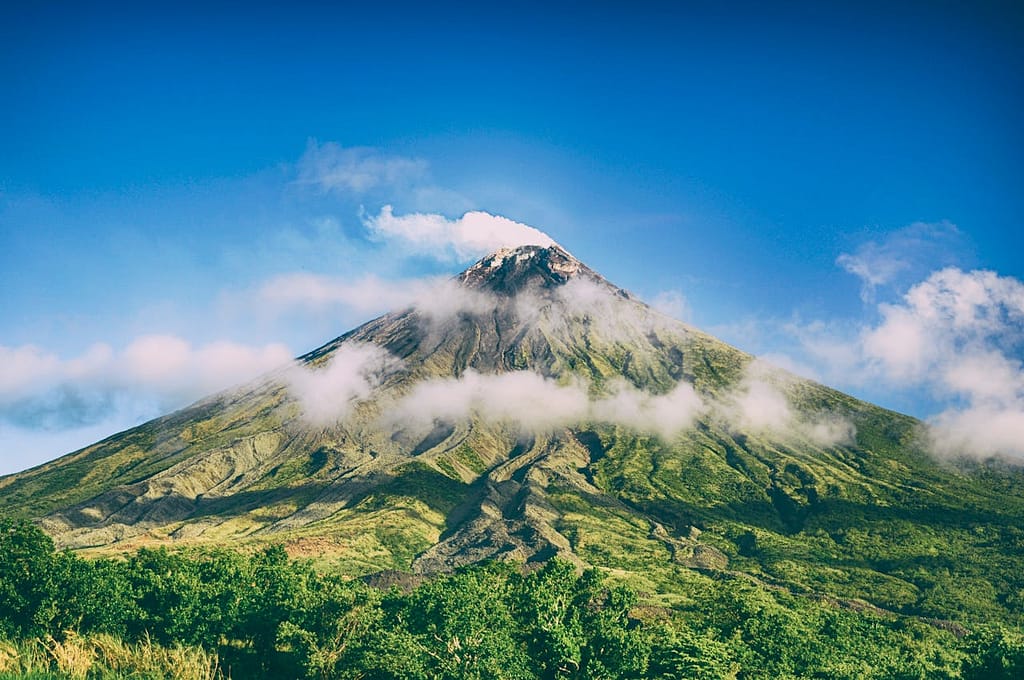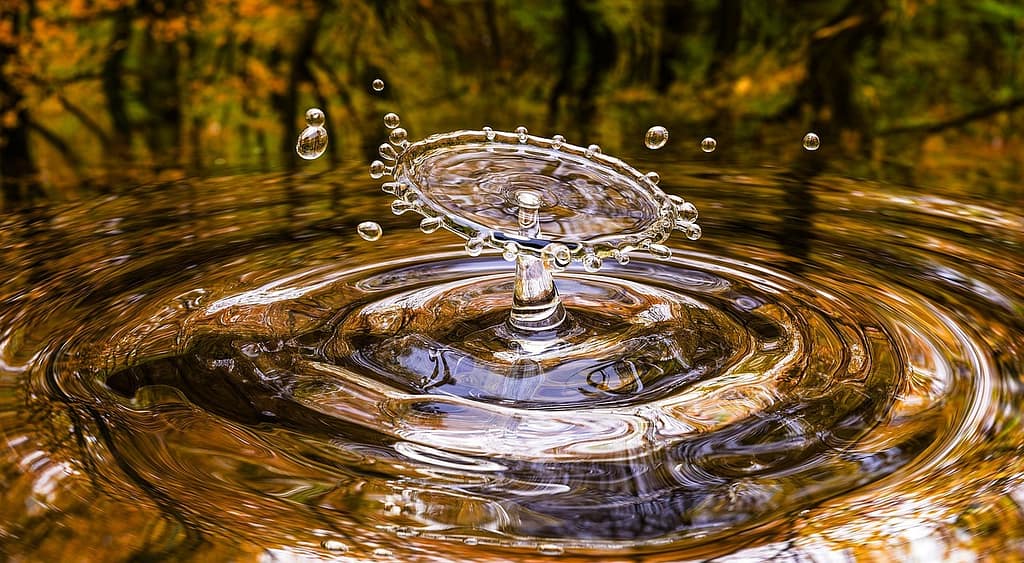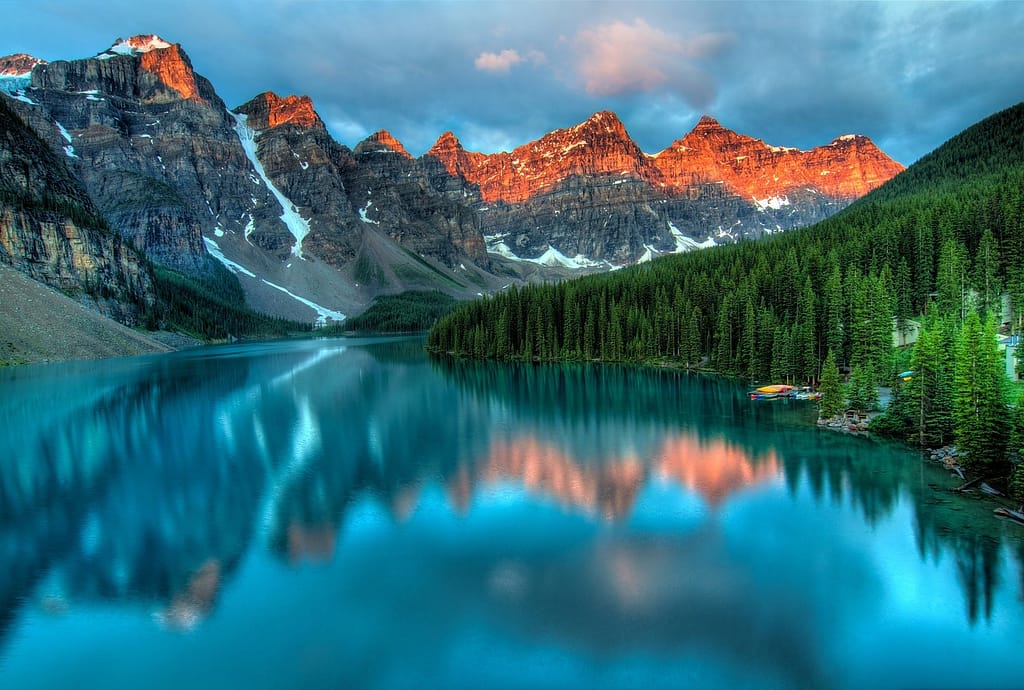Introduction to Volcanoes
Volcanoes are fascinating natural phenomena that have shaped Earth’s landscape for millions of years. A volcano is an opening in the Earth’s crust that allows molten rock, ash, and gases to escape from below the surface. Studying different types of volcanoes helps us understand the diverse geological processes that occur on our planet and the potential hazards associated with volcanic activity. In this article, we’ll explore the main types of volcanoes: shield volcanoes, stratovolcanoes, cinder cone volcanoes, and other lesser-known types.
Shield Volcanoes
Because of the broad, shield-like shape that is created by the long-distance flow of low-viscosity lava, shield volcanoes get their name. These volcanoes are usually found at divergent plate boundaries and hotspots, which are locations where magma rises from deep within the Earth. They have gentle slopes and are primarily formed by the eruption of basaltic lava.

Image Source: ABC News
Characteristics and Formation:
- Gentle slopes (2-10 degrees)
- Built by the accumulation of fluid basaltic lava
- Large, broad structure
Examples and Locations:
- Mauna Loa and Kilauea in Hawaii
- Icelandic volcanoes
Eruption Style and Impact:
- Effusive eruptions with lava flows
- Generally non-explosive and pose less immediate danger to human life
- Can create extensive lava fields and impact large areas
Stratovolcanoes (Composite Volcanoes)
Stratovolcanoes, also known as composite volcanoes, are characterized by their steep, conical shape and layered structure. These volcanoes are formed by alternating layers of lava flows, volcanic ash, and other volcanic debris and are often found at convergent plate boundaries, where an oceanic plate subducts beneath a continental plate.

Image Source: Britannica
Characteristics and Formation:
- Steep slopes (up to 30 degrees)
- Composed of layers of lava, ash, and volcanic rocks
- Symmetrical profile
Examples and Locations:
- Mount St. Helens in the United States
- Mount Fuji in Japan
- Mount Vesuvius in Italy
Eruption Style and Impact:
- Explosive eruptions with pyroclastic flows and ashfall
- Highly dangerous and can cause widespread destruction
- Capable of producing significant amounts of volcanic ash and gas
Cinder Cone Volcanoes
Cinder cone volcanoes are the smallest and simplest type of volcano, formed from particles and blobs of congealed lava ejected from a single vent. These volcanoes have a bowl-shaped crater at the summit and are typically found on the flanks of larger volcanoes or in volcanic fields.

Image Source: Britannica
Characteristics and Formation:
- Steep, conical hills with slopes up to 40 degrees
- Built from pyroclastic fragments (cinders)
- Relatively short-lived eruptions
Examples and Locations:
- Paricutin in Mexico
- Sunset Crater in the United States
Eruption Style and Impact:
- Strombolian eruptions with explosive bursts of lava
- Less destructive than stratovolcanoes but can still pose local hazards
- Often result in the formation of new landforms
Other Types of Volcanoes
In addition to the main types of volcanoes, there are several other significant types that contribute to the diversity of volcanic activity on Earth:
Lava Domes:
- Formed by the slow extrusion of viscous lava
- Steep-sided, rounded structures
- Can produce explosive eruptions if pressure builds up
Submarine Volcanoes:
- Located on the ocean floor
- Eruptions occur underwater, often forming new islands
- Examples include the Mid-Atlantic Ridge volcanoes
Super Volcanoes:
- Capable of producing extremely large and catastrophic eruptions
- Formed by the collapse of a large magma chamber
- Examples include Yellowstone in the United States and Toba in Indonesia
Conclusion
Understanding the different types of volcanoes is crucial for comprehending the complex geological processes that shape our planet. Shield volcanoes, stratovolcanoes, and cinder cone volcanoes each have unique characteristics, eruption styles, and impacts on their surroundings. Additionally, other types of volcanoes like lava domes, submarine volcanoes, and super volcanoes contribute to the rich diversity of volcanic activity. We can ensure the safety and well-being of communities residing in volcanic regions by better preparing for and mitigating the risks associated with volcanic eruptions through research into these natural wonders.





